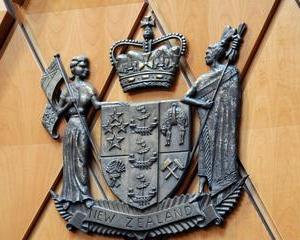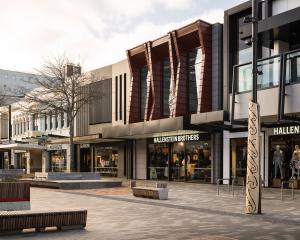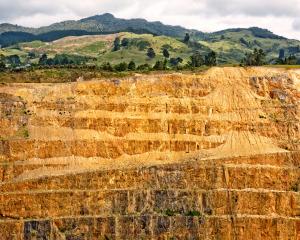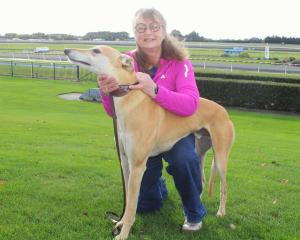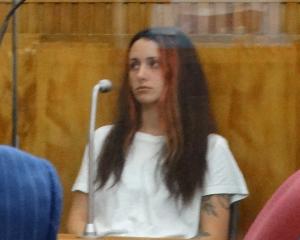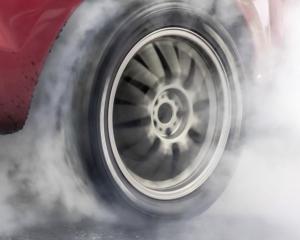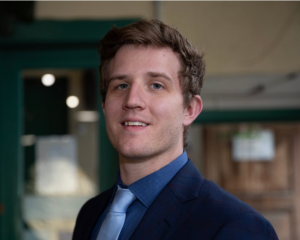Cellphones, sunglasses, false teeth and baby rattles are just a few of the items that made their way from the city’s toilet bowls to "The Wall of Remembrance" at Invercargill’s Clifton Water Treatment facility.
The wall began being added to by Invercargill City Council staff about two decades ago to document the assorted odds and ends that have been flushed, accidentally or otherwise, throughout the city’s infrastructure.
Council operations manager Russell Keen said when the plant was built in the 1960s, screens filtered solids from the waste which would then have to be cleared by the operators.
"So they’ve just selected some stuff out of there that made them laugh and they just stuck it on a wall."
Of all the items to make their way through the plumbing infrastructure to the treatment facility, false teeth were one of the most frequent finds, he said.
"We’ve had people come in looking for teeth and say, ‘can we have them?’ And we say, ‘no, not really’."
There was virtually no chance of retrieving lost items, as they could potentially go through any number of the city’s pump stations, which could also potentially damage the objects, Mr Keen said.
However, that did not stop a frequent number of calls asking the station workers to check.
"Firstly, we don’t go looking — and when you tell them where it goes and what they have, they probably don’t want it any more."
The journey from toilet bowl to treatment plant could also take up to three days, with there being more than 360km of sewer mains throughout the network, he said.
"The Wall of Remembrance" had been added to less frequently in recent years, as new screens had been installed that required less manual input.
"Nowadays, we have rotary screens on, they go through a conveyor belt system into our compactor, which squeezes it all up together and squeezes all the water out. And then we put it into a bin and then it goes out to Kings Bend. So we don’t actually see what’s coming in there unless one gets jammed in one of our equipments.
"We basically don’t touch the stuff now."
Non-biodegradable objects being flushed were still a problem for the treatment plant, with wet wipes being a major cause of blocked pumps and clogged screens.
A combination of oil, wet wipes, and other non-biodegradable items could create "fatbergs" — solid masses of combined waste that could also cause blockages.
"We have real problems by putting stuff down that we can’t handle."

